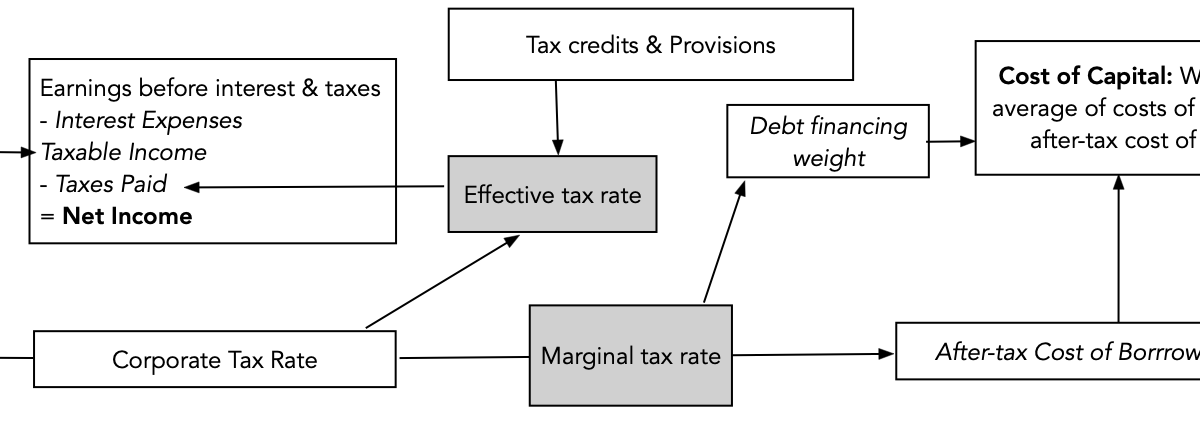
The unbearable burden of the technosphere
The Earth that sustains us may be considered in terms of different spheres. There is the lithosphere, made up of the rocky foundations of our planet; the hydrosphere, representing our planet’s water; and the cryosphere, comprising the frozen polar regions and high mountains. The atmosphere is the air we breathe, and we are also part of the biosphere, made up of the Earth’s living organisms. These spheres have been in existence, in one form or another, for most, or all, of our planet’s 4.6-billion-year existence. Most recently, a new sphere has emerged – the technosphere.
The technosphere, in the sense that we understand it, is a concept that has been developed by the American geologist and engineer Peter Haff, Professor Emeritus at Duke University, in the United States. Like the Anthropocene, it is growing rapidly in recognition – having, for instance, been the focus of a recent major initiative of Haus der Kulturen der Welt (House of World Culture), the international centre for contemporary arts in Berlin, Germany.
Like the Anthropocene, the technosphere is controversial, not least because of the role – and constraints – it affords to humans. It suggests that we have far less freedom, collectively, to guide the Earth system, than we may think we have.










/cdn.vox-cdn.com/uploads/chorus_asset/file/24385268/STK148_Microsoft_Edge_1.jpg)






/cdn.vox-cdn.com/uploads/chorus_asset/file/24625833/236637_Hyundai_Ioniq_6_PGeorge_0019.jpg)





